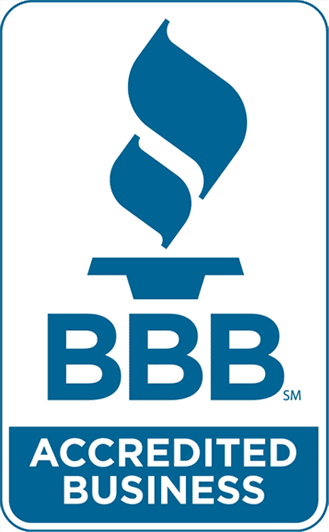In 2015, the National Fire Protection Association found 365,500 house fires in the U.S. These numbers show how unpredictable fires can be. They highlight the need for a strong emergency preparedness plan. A good family safety plan can save lives in an emergency.
Modern homes look nice but can spread fire fast. This means people might have only two minutes to get out after the alarm sounds. So, having a clear fire escape plan is crucial. It’s important that everyone knows how to get out fast.
A good home evacuation strategy includes maps of exits and clear paths. It also means having two ways to leave each room. And, knowing where to meet outside, like a neighbor’s house, is key.
For those in high-rises, knowing the stairs is important. But remember, elevators are not safe in a fire. Practicing these steps often helps everyone remember what to do.
Drilling these steps every few months helps everyone remember. But, the plan should be simple and clear, especially for kids. Pictures can help kids understand and act fast.
Understanding the Need for a Family Fire Evacuation Plan
Fire safety is very important today. Modern homes have special challenges that make a family fire evacuation plan crucial. This plan is key to keeping your home safe and could save lives.
The Reality of Modern Home Fire Hazards
Modern homes can spread fire fast because of their design and materials. This means we need a clear evacuation route. Using synthetic materials in furniture and building can make fires worse. So, we must know all exits and teach everyone in the house.
Statistics That Reinforce the Importance of Preparedness
There are thousands of home fires every year, often without warning. This makes fire drills very important. Doing drills twice a year helps everyone learn the best way to leave the house fast and safely.
Overcoming Literacy Barriers in Evacuation Messaging
It’s key that all family members can understand the evacuation plan, no matter their reading skills. Using pictures and simple words helps everyone get the message. This way, everyone knows what to do in a fire, making quick and safe action easier.
It’s good to update and review the evacuation plan often. This keeps everyone’s memory fresh. Being well-prepared for fires means being ready to act fast. Having a plan can mean the difference between safety and danger.
Executing Successful Fire Drills and Education Strategies
Having a good family emergency plan means doing fire drills and teaching well. It takes planning, practice, and teaching, especially about fire safety with kids. Getting everyone involved in making a fire escape plan is key. This helps in a fire emergency and can save lives.
Designing Effective Fire Drills for All Ages
Teaching all ages about fire safety starts with a clear escape plan. The whole family should help make this plan. This ensures everyone knows the exits and routes.
Drills should happen at least twice a year, like practicing at night. It’s key to get out in 2 minutes. Smoke alarms in bedrooms and all levels help alert people. Kids under six need help getting out safely.
Teach them not to go back inside, crawl low for air, and check doors with their hand. Doing these drills often makes these actions automatic.
Roles and Responsibilities during a Fire Emergency
Knowing what to do in a fire is crucial. It’s even more important for kids and those who can’t move easily. Adults should help those who need it to get out faster.
This builds a safe and caring family. Knowing about other exits and making quick decisions is key. Teaching each family member their role helps everyone act fast and together in danger.
Incorporating Escape Ladders and Safe Meeting Spots into Drills
Using escape ladders and meeting spots are key parts of a family plan. Trying out different ways to escape helps with blocked exits or surprises. Having a meeting spot after leaving the house reduces panic and checks everyone’s safety.
Regular drills and clear steps make families familiar with escape tools and strategies. This builds confidence in handling a fire emergency safely and effectively.









